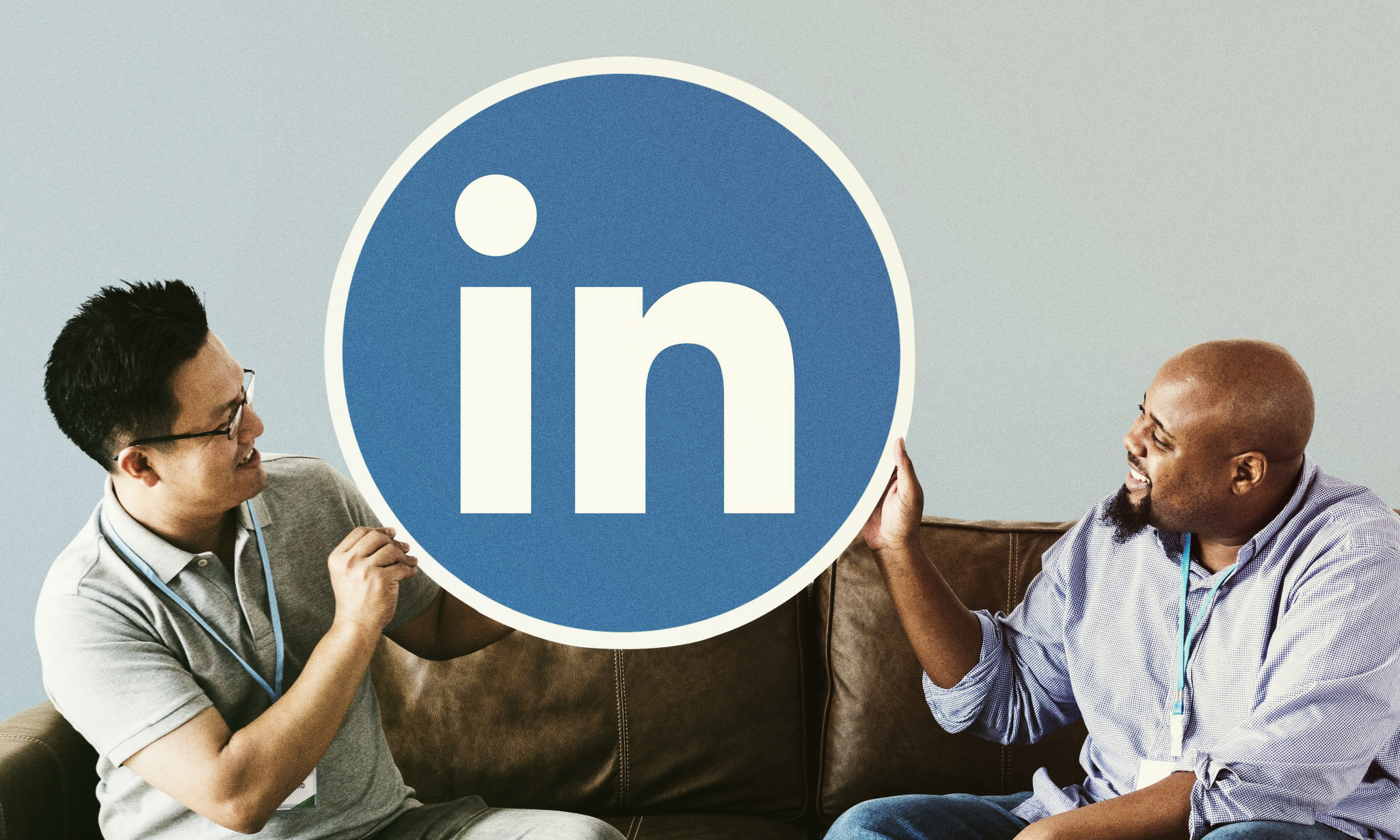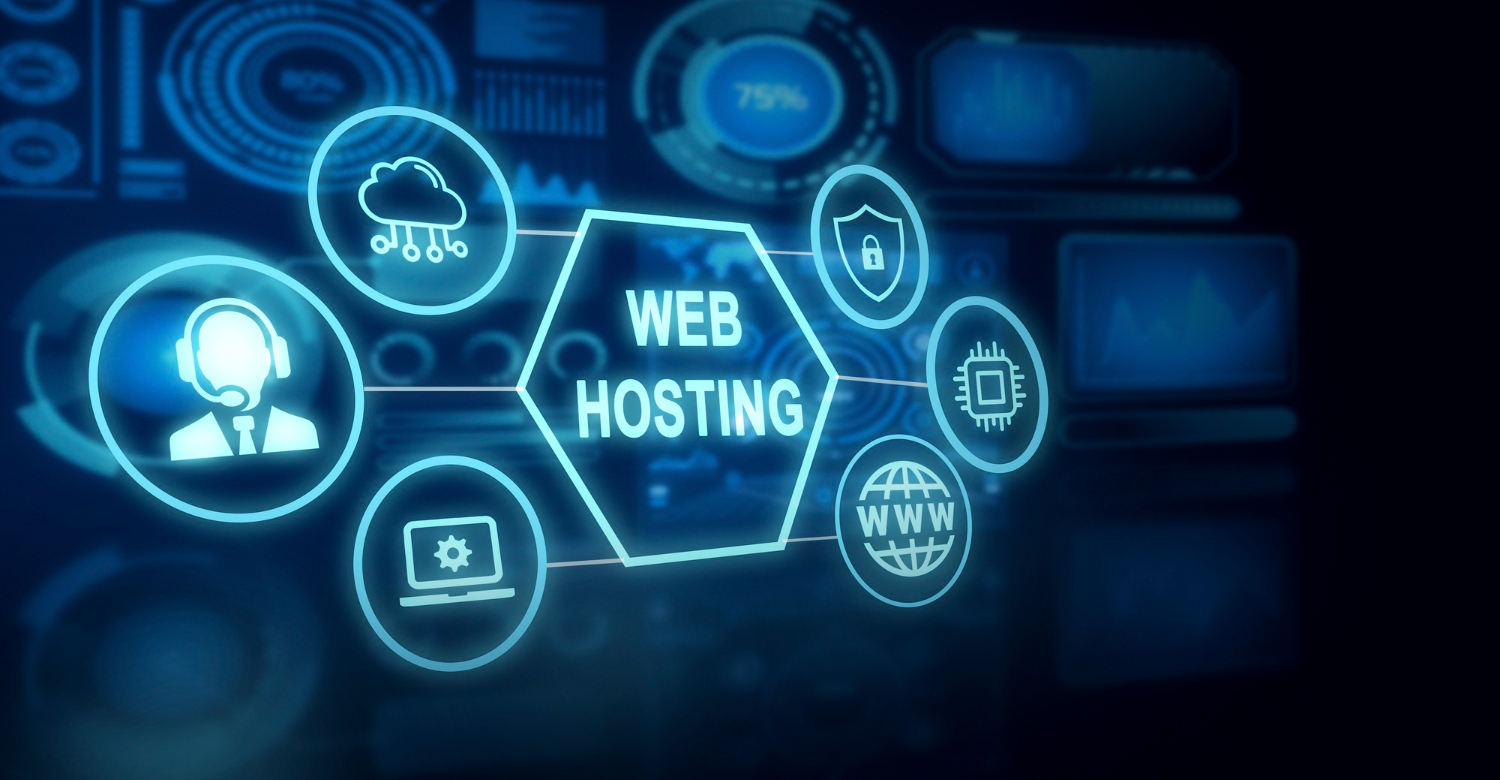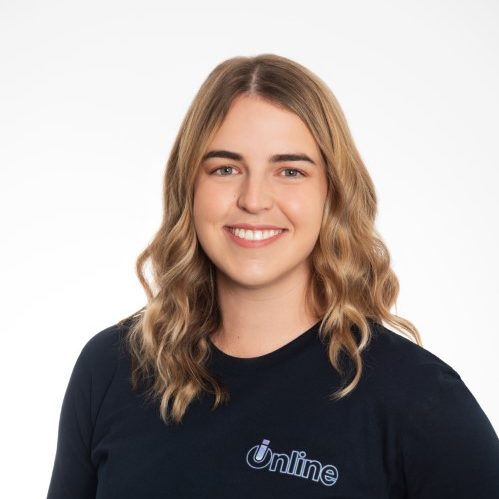LinkedIn has more than a billion members globally – but most attempts to drive revenue with it fall flat. Why? Because too many brands treat it like just another social media platform.
LinkedIn is not Facebook or Instagram or TikTok. Company pages do have a place, but it’s your personal network that will really move the needle. This article covers 3 playbooks you can use to do exactly that.
Before You Read This Article
LinkedIn does work. We’ve used it to drive revenue (for ourselves and our clients), and countless other creators, brands and agencies have done the same. But, like any marketing platform, it’s only effective if your ideal customers use it too.
So make sure you’ve done your market research before throwing budget behind a LinkedIn strategy. There’s no point in running any of the following playbooks if your ideal customers won’t see them.
![]()
![]() Playbook 1: Search-and-Connect
Playbook 1: Search-and-Connect
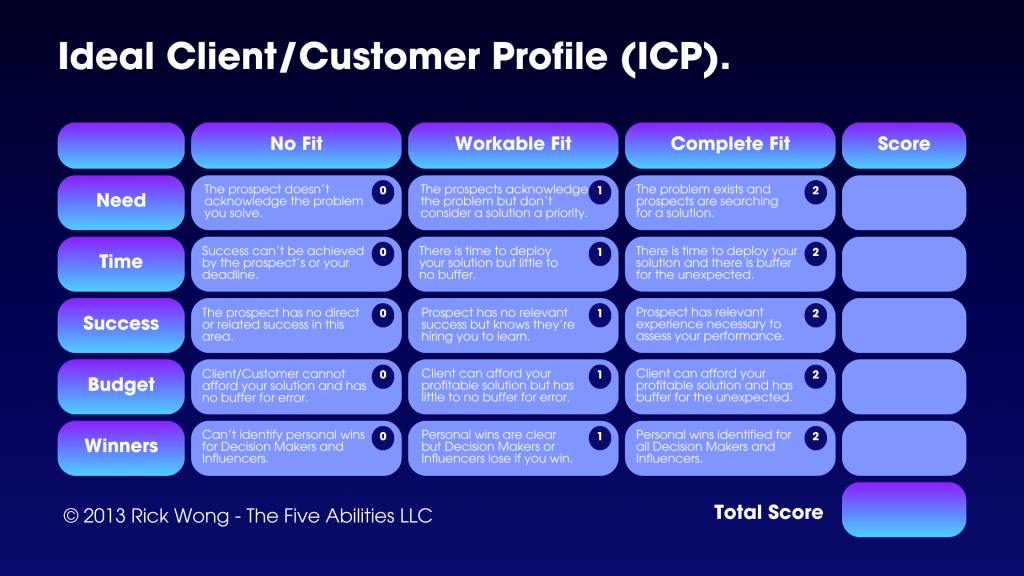
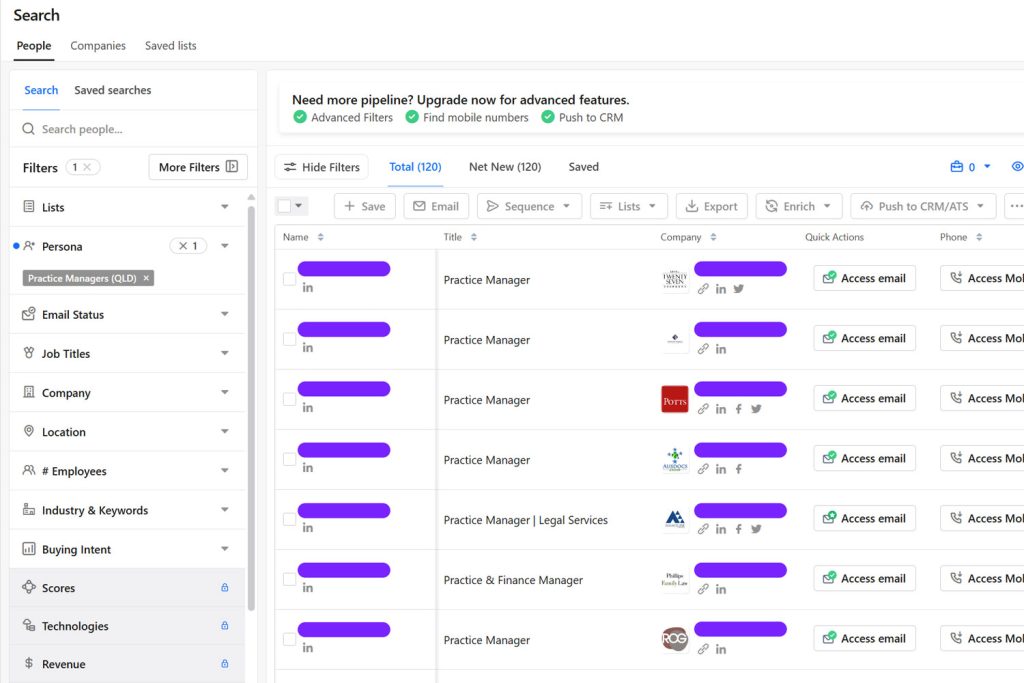
You can then send connection requests to each contact, either manually or using a tool like Lemlist. This can feel a little uncomfortable, but you might be surprised at how many people do accept LinkedIn requests from strangers. (At some point, you should optimise your profile so potential connections can understand exactly what you offer.)
That’s the easy part. Now you have ICP-fit people in your LinkedIn network, you need to introduce them to your brand. This doesn’t mean pitch-slapping them with a spammy inbox message. Instead, engage them with high-quality content.
That means posting things that are:
∙ interesting to you and your ICP
∙ educational, entertaining and/or inspirational
∙ unique in some way.
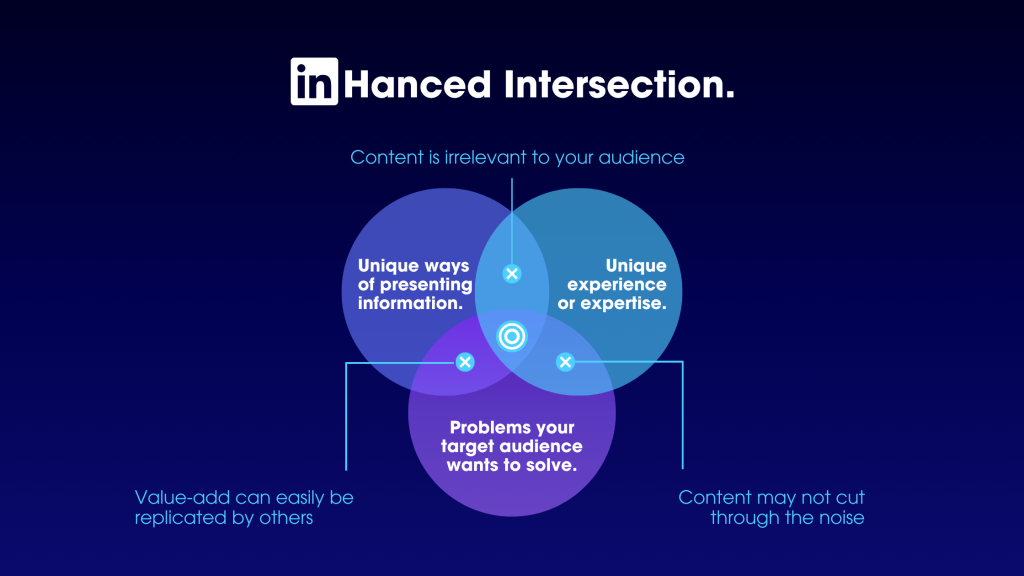
Find the sweet spot between relevance, uniqueness and cut-through. Created by Duncan Croker.
Find a posting cadence that works for you, but aim to share content at least once a week. Another good rule of thumb is to engage a lot more than you post – try leaving at least three high-quality comments each business day. LinkedIn rewards good engagement, and it lets other people in your network know that you’re not just there to promote your own brand.
If you’re creating the right style of content and your ICP-fit connections are active on LinkedIn, some of them will, over time, start reaching out to you/your business. (And, if you’re not sure how to get started with LinkedIn content, feel free to book a chat with one of our social media specialists.)
Playbook 2: The Employee Ecosystem
Let’s assume you’ve implemented the search-and-connect playbook. You’re seeing results, but you’re just one person (and you’re busy). It’s time to start using your team.
Employee LinkedIn use can be a grey area. One on hand, your employees’ LinkedIn profiles are their property; it’s entirely up to them if and how they use LinkedIn. On the other, most professionals understand the value of building their digital networks (on LinkedIn or other platforms), and they’re generally willing to work with you if you build dedicated engagement and posting time into their work schedules.
Once you’ve identified willing participants, get them to optimise their profiles and start posting. This step works better with a unified approach. Have your marketing team or agency create a profile optimisation guide and any necessary resources – headshots, banners, conversion-focused bios, content strategies – for each team member. (Remember: enable, don’t order. Employees need to own their content creation processes, or it won’t work.)
Next, break up the contact list you created using the search-and-connect playbook. Allocate each participating employee a portion and have them connect with the contacts. After two weeks, swap the portions around – if Mike previously connected with contacts A, B and C, get Janet to connect with contacts A, B and C as well. Rinse and repeat in two-week cycles until all participating employees have connected with all target contacts.
At the same time, watch how your employees’ posts are performing. Some people have a greater affinity for social media than others. Identify the top one to three performers, and, if they’re willing and their workloads permit, make them your ‘brand evangelists’. These people are probably the ones who’ll drive 80% of your LinkedIn-sourced customers.
Now, accelerate their efforts. If they need LinkedIn coaching, pay for it. If they’re comfortable behind a camera, get them filming vertical videos (which, on the LinkedIn mobile app, now get displayed in a Reel-style feed). If they need some extra time in their schedules, do your best to make it happen.
You can then amplify their reach through Thought Leader Ads – which involves putting ad spend behind their top 20% of posts. LinkedIn Ads can take some time to get right, so, if you don’t have in-house LinkedIn specialists, think about working with an external partner to set up and deploy your ads.
The key is to target the same ICP that you prospected under the search-and-connect playbook. That way, your (and your employees’) ICP-fit connections are almost guaranteed to see your brand’s content – which, executed right, will lead to sales.
Playbook 3: Campfire Outreach
Cold outreach can work, but it comes with a high brand affinity cost. For every contact that becomes a lead, you’ll burn a dozen bridges, because nobody likes yet another vendor they don’t know reaching out to them and asking for a meeting.
Luckily, there’s an alternative: campfire outreach. (We’re marketers – of course we give every concept a fancy name.) Think of your personal LinkedIn page as a campfire. Your ICP is wandering the wastelands of social media – cold, hungry and looking for a solution to their problem – and suddenly they find you.
Maybe you’ve connected with them using the search-and-connect playbook. Maybe they’ve stumbled across your profile organically. Either way, they’re drawn to the light of your campfire (high-quality, highly relevant content). They start to engage, reacting to your content and, ideally, leaving comments.
That’s when it’s your turn to shuffle around the campfire and say hi. They’re warm, they’re comfortable, and they’re ready to talk. (Note: ‘say hi’ does not equal a pitch slap. Just because someone likes what you’re saying doesn’t mean they want to spend half an hour in a ‘free consultation’ with you.) So start a conversation. See what kinds of content they’re engaging with, and send them a message with a question about their situation or a resource you think they might find helpful.
Let’s say you’re an employment lawyer. Hayley, the CEO of a 50-person business in the same city as you, has liked a few of your recent posts about employment contracts. On the latest one, she’s asked a question in the comments. You respond – but you also privately send her an article from your website that goes into more detail. Hayley thanks you; you say it’s not a problem, invite her to chat through any more questions she might have in the future, and include your free consultation Calendly link.
That’s not cold outreach. That’s campfire outreach. Even if Hayley doesn’t need an employment lawyer right now, she knows exactly where to find you when she does.
Some caveats: for campfire outreach to work, you need to be active and paying attention on LinkedIn with a clearly defined ICP. You also need to be genuinely interested in engagement. Most people can spot a self-serving, spam-adjacent message a mile away – always be curious, questioning, and helpful. If you’re thinking about making money every time you message someone, you’ll be pouring a bucket of cold water on your campfire.
Next Steps
Now you know how to execute all three playbooks, here’s when to choose them.
-
Choose the search-and-connect playbook when you’re getting started with LinkedIn.
-
Choose the employee ecosystem playbook if you’ve successfully executed the search-and-connect playbook and you want to scale your results.
-
Choose the campfire outreach playbook if you’ve begun getting traction with the search-and-connect playbook but want more/faster results.
Like all things in marketing, ‘doing’ the above is easy. It’s ‘doing well’ that’s hard. You can learn to successfully navigate LinkedIn on your own, but you’ll also make a lot of mistakes and waste a lot of time. It’s often easier to collaborate with someone who’s been there and knows what works.
If you’d like to learn more about what that could look like – or just want more details about our playbooks – we’d love to chat.

